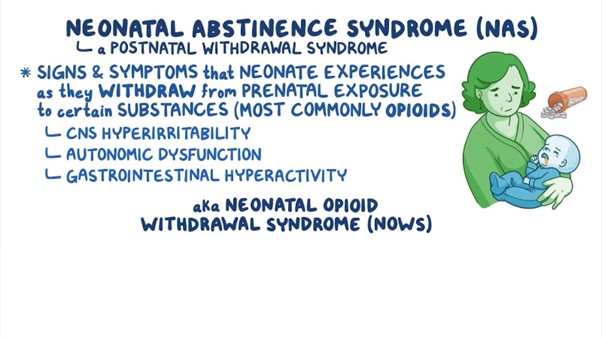A nurse manager is updating protocols for the use of belt restraints.
Which of the following guidelines should the nurse manager include?
Document the client’s condition every 15 min
Request a PRN restraint prescription for clients who are aggressive
Attach the restraint to the bed’s side rails
Remove the client’s restraint every
The Correct Answer is A
When updating protocols for the use of belt restraints, the nurse manager should include the following guideline:
A) Document the client’s condition every 15 min
Frequent documentation of the client's condition and the need for restraint is essential to monitor their well-being and ensure that restraints are used only when necessary. The other options are not recommended:
B) Requesting a PRN restraint prescription for clients who are aggressive is not appropriate because restraints should only be used when there is an immediate risk to the patient or others, and obtaining a PRN prescription for restraints is generally not standard practice.
C) Attaching the restraint to the bed's side rails is not recommended because restraints should be used as a last resort, and there are specific guidelines for restraint application to ensure patient safety.
D) Removing the client's restraint every is not appropriate either. Restraints should only be removed when the client's condition improves, and alternatives to restraint have been explored, or when it's deemed necessary for the patient's safety and well-being following established protocols and guidelines. The option seems incomplete and does not specify the appropriate time frame for removal.
Nursing Test Bank
Naxlex Comprehensive Predictor Exams
Related Questions
Correct Answer is {"dropdown-group-1":"A","dropdown-group-2":"B"}
Explanation
The nurse should recognize the client is experiencing preterm labor due to previous preterm birth.
Preterm labor is when regular contractions begin to open the cervix before 37 weeks of pregnancy. One of the risk factors for preterm labor is having a previous preterm delivery. The client’s history indicates that her last pregnancy resulted in a preterm spontaneous vaginal birth at 30 weeks gestation. The client’s current symptoms, such as lower back pain, pinkish vaginal discharge, uterine contractions and cervical dilation, also suggest that she is in preterm labor. Therefore, the nurse should recognize that the client is experiencing preterm labor due to previous preterm birth.
BMI, blood type and blood pressure are not causes of preterm labor in this case. BMI may be associated with preterm labor if it is too high or too low, but the client’s BMI is within the normal range for pregnancy. Blood type may cause Rh incompatibility if the mother is Rh negative and the baby is Rh positive, but the client’s blood type is Rh positive. Blood pressure may cause preeclampsia if it is too high, but the client’s blood pressure is normal. Abruptio placentae is a condition where the placenta separates from the uterine wall before delivery, which can cause vaginal bleeding, abdominal pain and fetal distress. The client does not have these signs.
Correct Answer is B
Explanation
Choice A reason
Administering naloxone to the newborn is not appropriate. Naloxone is an opioid antagonist used to reverse the effects of opioid overdose in adults. It is not typically used for newborns with neonatal abstinence syndrome. The management of NAS is primarily supportive, and medications may be prescribed to help manage specific withdrawal symptoms, but naloxone is not a standard treatment for NAS.
Choice B reason:
Minimizing noise in the newborn's environment is a crucial action in the plan of care is the correct action to be included. Newborns experiencing NAS can be easily overstimulated, and loud noises can exacerbate their withdrawal symptoms and distress. Creating a calm and quiet environment helps reduce agitation and promotes better sleep and overall comfort.
Choice C reason
Swaddling the newborn with his leg extended is not appropriate in this case. Swaddling can be beneficial for some newborns, but the specific positioning and swaddling techniques should be individualized based on the newborn's needs and preferences. Extending the newborn's legs may not necessarily be the best approach, as it may not provide comfort or address the symptoms associated with NAS.
Choice D reason:
Maintaining eye contact with the newborn during feedings is not appropriate in this case. While maintaining eye contact during feedings is an essential aspect of bonding and promoting parent-newborn attachment, it may not be the primary focus in managing neonatal abstinence syndrome. The plan of care for a newborn with NAS would primarily involve managing withdrawal symptoms, providing comfort measures, and addressing the newborn's unique needs during this challenging period.

Whether you are a student looking to ace your exams or a practicing nurse seeking to enhance your expertise , our nursing education contents will empower you with the confidence and competence to make a difference in the lives of patients and become a respected leader in the healthcare field.
Visit Naxlex, invest in your future and unlock endless possibilities with our unparalleled nursing education contents today
Report Wrong Answer on the Current Question
Do you disagree with the answer? If yes, what is your expected answer? Explain.
Kindly be descriptive with the issue you are facing.
